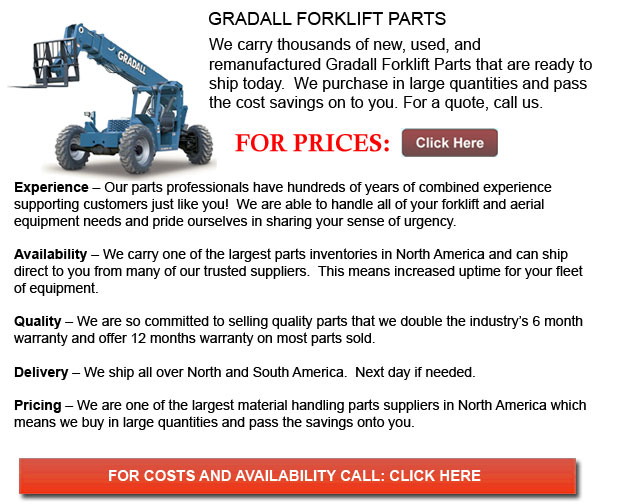
During the time when WWII caused a scarcity of laborers, the well-known Gradall excavator was established in the 1940s as the idea of two brothers Koop and Ray Ferwerda. The brothers faced the problems of a depleted workforce due to the war. As partners in their Cleveland, Ohio construction company known as Ferwerda-Werba-Ferwerda they lacked the available workers so as to carry out the delicate work of grading and finishing on their freeway projects. The Ferwerda brothers chose to make an equipment which would save their company by making the slope grading job easier, more efficient and less manual.
Their initial design prototype was a machine with two beams set on a rotating platform which was attached atop a used truck. A telescopic cylinder moved the beams back and forth that allowed the fixed blade at the end of the beams to push or pull dirt. Shortly enhancing the first design, the brothers made a triangular boom to add more strength. Furthermore, they added a tilt cylinder that let the boom rotate 45 degrees in either direction. A cylinder was placed at the rear of the boom, powering a long push rod to enable the equipment to be equipped with either a bucket or a blade attachment.
Gradall introduced in 1992, with the introduction of the new XL Series hydraulics, the most ground-breaking adjustment in their equipment ever since their creation. This new system of top-of-the-line hydraulics allowed the Gradall excavator to provide high productivity and comparable power to the more traditional excavators. The XL Series ended the first Gradall equipment power drawn from gear pumps and low pressure hydraulics. These conventional systems efficiently handled finishing work and grading but had a difficult time competing for high productivity jobs.
Gradall's new XL Series excavators showed more ability to dig and lift materials. With this series, the models were made together with a piston pump, high-pressure system of hydraulics that showed marked improvement in boom and bucket breakout forces. The XL Series hydraulics system was even developed along with a load-sensing capability. Traditional excavators utilize an operator to select a working-mode; where the Gradall system could automatically adjust the hydraulic power intended for the job at hand. This makes the operator's overall job easier and even saves fuel at the same time.
Once the new XL Series hydraulics reached the market, Gradall was thrust into the very competitive industrial machinery market that are designed to deal with demolition, pavement removal, excavating and other industrial jobs. The introduction of the new telescoping boom helped to further enhance the excavator's marketability. The telescoping boom gives the excavator the ability to better position attachments and to work in low overhead areas.
![]() Click to Download the pdf
Click to Download the pdf
Forklift Parts in Fresno








Forklift Parts Express
TOLL FREE: 1-888-695-7994
Fresno, California
fresnoforkliftparts.com
Email Us
About Us



